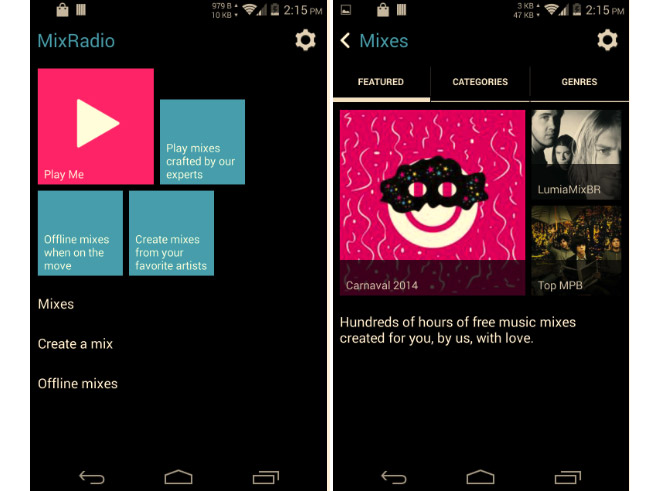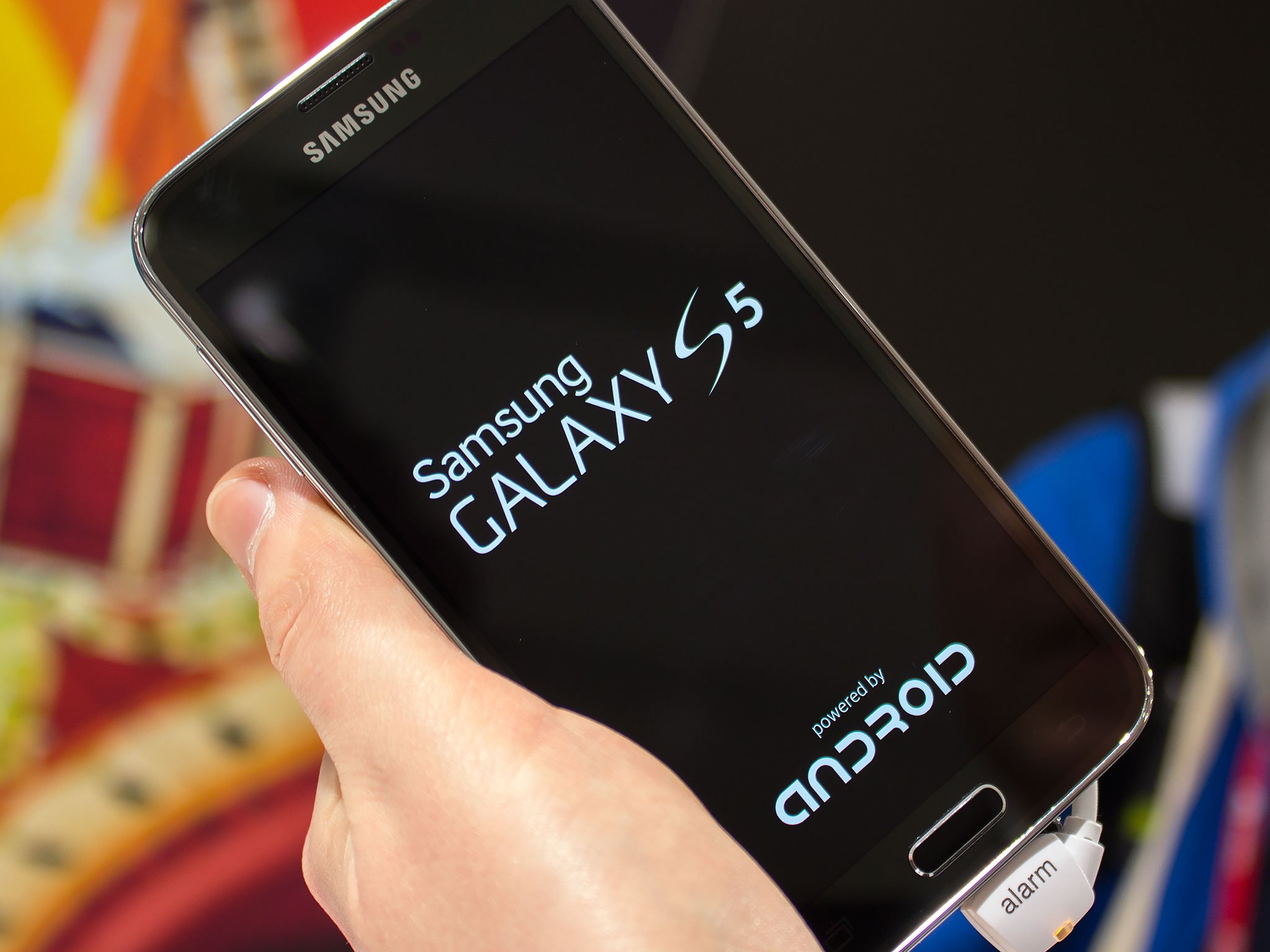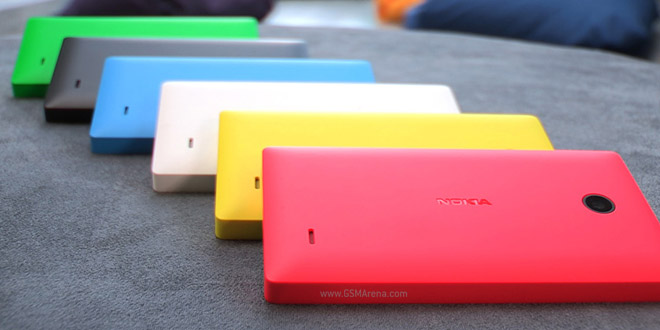
Smartphone cameras have been improving at a rapid pace, and while the field owes credit to many, it is Nokia, and as of late -- Sony -- that are at the helm. Every year, we're treated to larger sensors, more and bigger pixels, larger apertures, OIS, and more features than we can count. But one thing has been missing for a long while now, and that's proper zoom. After all, many a situation necessitate that you either get closer, or miss the shot, and in those cases you're pretty much done for if you have to rely on the traditional digital zoom. Sure, the objects do appear closer, but the price is often a prohibitive loss of detail, as the images are upscaled to the desired resolution with no regard to the actual resolution -- the image is stretched by the software, which then attempts to fill in the blanks as best as it can. Well, thanks to the giant sensors on the Nokia Lumia 1020 and Sony Xperia Z1/Z1 Compact, zoom is no longer a problem. But instead of opting for bulky zoom lens (Galaxy S4 Zoom), they both rely on their massive resolution in order to get what we call 'lossless' zoom.
So what's lossless zoom, then? In simple terms, it means that
zooming into a scene will only result in a negligible loss in quality.
Think of it this way: there are so many pixels available with a camera
like the one on the 1020 that you can 'crop' any part of the photo and
still have more than enough pixels for a full-sized photo that will
appear zoomed in. No upscaling, and no loss of quality. But how does it
work in practice? 

Starting with the Nokia 808 PureView, the fabled Finnish
manufacturer has been increasing its lead in the camera department ever
since. Equipped with a humongous 41-megapixel sensor, the 808 PV is
still a beast to this date. As you can guess, much of the underlying
tech behind the newer, Lumia 1020, was inherited from the 808. Lossless
zoom is one of them. Some of you probably don't know this, but despite
its massive sensor, the Lumia 1020 typically snaps 5-megapixel photos.
Those are not comparable to your everyday 5-megapixel shooter, though,
as they have been 'oversampled', meaning that you get 5 million 'super
pixels'. These are created by combining information from neighboring
pixels, and melding it into one, high-definition pixel. In result,
stills are less blurry and noisy, and they're not as prone to
artifacts.
But
back to zoom -- it's only lossless because there is such an abundance
of pixels, as we said -- 34MP/38MP in 16:9/4:3 aspect ratios,
respectively. So, instead of upscaling (loss of quality) when you want
to zoom in beyond the resolution of your camera, the Lumia 1020 can zoom
up to x3 in stills, without any considerable loss in clarity. As there
are less and less extra pixels available as you crank up the zoom, the
level of oversampling goes down as you zoom farther and farther, until
it reaches zero at x6 zoom in 720p, for example. No further lossless
zooming is possible at that point, as the level of zoom will go beyond
the capabilities of the sensor, and it'll have to upscale (stretch) the
shots, sacrificing detail. Best of all, since only the central part of
the optics is being used during zooming, optical and geometric
distortions, and vignetting, are all minimal.
We've talked quite a bit about Nokia, but that's only because the
Sony Xperia Z1 and Z1 Compact and their 20.7-megapixel Exmor RS sensor
go for much the same approach. And while the Z1 snaps 8-megapixel shots
by default, the massive resolution still allows it crank up the zoom up
to x1.8 times, without any significant loss in clarity. So not as
impressive, nor as potent, but still a noteworthy feature.
source:nokia,sony






 The never-ending patent battle between Apple and Samsung continues!
Despite Apple's complaints, the KFTC (Korean Fair Trade Commission)
ruled that Samsung's counter-patent lawsuit doesn't infringe any
existing competition laws, such as the fair, reasonable, and
non-discriminatory (FRAND) principle. The KTFC also ruled that the
Cupertino company has indeed abused Samsung's wireless patents.
The never-ending patent battle between Apple and Samsung continues!
Despite Apple's complaints, the KFTC (Korean Fair Trade Commission)
ruled that Samsung's counter-patent lawsuit doesn't infringe any
existing competition laws, such as the fair, reasonable, and
non-discriminatory (FRAND) principle. The KTFC also ruled that the
Cupertino company has indeed abused Samsung's wireless patents.

 Motorola, until recently a Google company, held a low-key session at MWC
2014, during which it shed some light on the time it spend under the
search giant's ownership. This has been something of a question mark for
all of us in the industry, as many have been wondering whether the
creator of Android isn't giving Motorola a special treatment in terms of
access to the world's most widespread mobile OS. It certainly made
Motorola, until recently a Google company, held a low-key session at MWC
2014, during which it shed some light on the time it spend under the
search giant's ownership. This has been something of a question mark for
all of us in the industry, as many have been wondering whether the
creator of Android isn't giving Motorola a special treatment in terms of
access to the world's most widespread mobile OS. It certainly made  If you use the same five apps over and over and over again, a new feature on the Samsung Galaxy S5
can help you access them quickly. Called Toolbox, the mini app-drawer
can be enabled from the quick settings area of the device. Toolbox
provides a floating window from which you can select one of your five
favorite apps and quickly launch it.
If you use the same five apps over and over and over again, a new feature on the Samsung Galaxy S5
can help you access them quickly. Called Toolbox, the mini app-drawer
can be enabled from the quick settings area of the device. Toolbox
provides a floating window from which you can select one of your five
favorite apps and quickly launch it.
 Google's Verify Apps service is one of the more important features of
Android that many may not even realize exists. The feature serves to
scan apps that are installed for malware, and Google has claimed that
the feature is successful enough that only .001%
of malicious apps even get the chance to cause harm. But, that isn't
enough, Google wants to lower that number more with an update to Google
Play services.
Google's Verify Apps service is one of the more important features of
Android that many may not even realize exists. The feature serves to
scan apps that are installed for malware, and Google has claimed that
the feature is successful enough that only .001%
of malicious apps even get the chance to cause harm. But, that isn't
enough, Google wants to lower that number more with an update to Google
Play services.
 BlackBerry has a long way to go to be competitive in the smartphone
world, and new CEO John Chen has said that the company will focus more
on server enterprise software in order to regain its footing. But, that
doesn't mean the company isn't also looking into other hardware form
factors. BlackBerry is apparently open to making a follow-up to the
ill-received PlayBook tablet.
BlackBerry has a long way to go to be competitive in the smartphone
world, and new CEO John Chen has said that the company will focus more
on server enterprise software in order to regain its footing. But, that
doesn't mean the company isn't also looking into other hardware form
factors. BlackBerry is apparently open to making a follow-up to the
ill-received PlayBook tablet.



 According to a published report on Thursday that cites Alex Katouzian,
senior vice president of product management at Qualcomm, the silicon
slinger sees strong growth ahead for China's 4G TD-LTE smartphone
market. With the Chinese government licensing carriers for 4G service at
the end of last year, there has been strong competition for
subscribers. Prices of 4G enabled smartphones are expected to shortly
drop to 1000 Yuan ($163 USD), according to Katouzian.
According to a published report on Thursday that cites Alex Katouzian,
senior vice president of product management at Qualcomm, the silicon
slinger sees strong growth ahead for China's 4G TD-LTE smartphone
market. With the Chinese government licensing carriers for 4G service at
the end of last year, there has been strong competition for
subscribers. Prices of 4G enabled smartphones are expected to shortly
drop to 1000 Yuan ($163 USD), according to Katouzian.
 Not too long ago, we heard a rumor that Microsoft might be dropping the Windows 8.1 license fees
for lower cost devices. But, that may not be all that's happening. A
new report is saying that Microsoft may also be considering cutting
Windows Phone licenses by as much as 70% as well. Given the number of
low-cost Android devices (including a new set from Nokia), having lower
license fees might be a necessity.
Not too long ago, we heard a rumor that Microsoft might be dropping the Windows 8.1 license fees
for lower cost devices. But, that may not be all that's happening. A
new report is saying that Microsoft may also be considering cutting
Windows Phone licenses by as much as 70% as well. Given the number of
low-cost Android devices (including a new set from Nokia), having lower
license fees might be a necessity. Ever since Microsoft acquired Skype, Microsoft has been very slow to
take over the app. Skype was integrated into Windows and Windows Phone
relatively quickly, and Microsoft has slowly been pushing in the
Microsoft account options. But, the new Skype update for Windows Phone
has completely gotten rid of your old Skype login. Now, you are required
to use a Microsoft account.
Ever since Microsoft acquired Skype, Microsoft has been very slow to
take over the app. Skype was integrated into Windows and Windows Phone
relatively quickly, and Microsoft has slowly been pushing in the
Microsoft account options. But, the new Skype update for Windows Phone
has completely gotten rid of your old Skype login. Now, you are required
to use a Microsoft account.














 One of the more divisive features of the Sony Xperia Z1
was that Sony had a built-in screen protector on the device. Sony
called it "anti-shatter film", and the idea was that it would keep
broken glass shards from leaving the glass. Unfortunately, unlike the
glass underneath, the anti-shatter film was not scratch resistant; and,
it had the extra downside of removing the feel of glass and replaced it
One of the more divisive features of the Sony Xperia Z1
was that Sony had a built-in screen protector on the device. Sony
called it "anti-shatter film", and the idea was that it would keep
broken glass shards from leaving the glass. Unfortunately, unlike the
glass underneath, the anti-shatter film was not scratch resistant; and,
it had the extra downside of removing the feel of glass and replaced it 
 The Guinness Book of World Records may need to start measuring the time
it takes to clone consumer electronics because the copy-masters at
Goophone are blazing a trail.
The Guinness Book of World Records may need to start measuring the time
it takes to clone consumer electronics because the copy-masters at
Goophone are blazing a trail.
 Running a forked version of Android, called PrivatOS, the Blackphone
might be one of the best surprises at this year's MWC edition. Let's
put aside the specs first, as these are not what's interesting here -
it's still a capable phone, with a 4.7″ IPS display, 2 GHz quad-core
processor, 2 GB of RAM, 16 GB of internal memory, and an 8 MP rear
camera.
Running a forked version of Android, called PrivatOS, the Blackphone
might be one of the best surprises at this year's MWC edition. Let's
put aside the specs first, as these are not what's interesting here -
it's still a capable phone, with a 4.7″ IPS display, 2 GHz quad-core
processor, 2 GB of RAM, 16 GB of internal memory, and an 8 MP rear
camera. One of the rumored features of HTC’s next-generation flagship, the M8 / All New One,
is the presence of a MicroSD card slot. As you may know, last year’s
HTC One and One mini do not allow you to use a MicroSD card, this being
one of the main complaints that customers have regarding the two
handsets.
One of the rumored features of HTC’s next-generation flagship, the M8 / All New One,
is the presence of a MicroSD card slot. As you may know, last year’s
HTC One and One mini do not allow you to use a MicroSD card, this being
one of the main complaints that customers have regarding the two
handsets.

